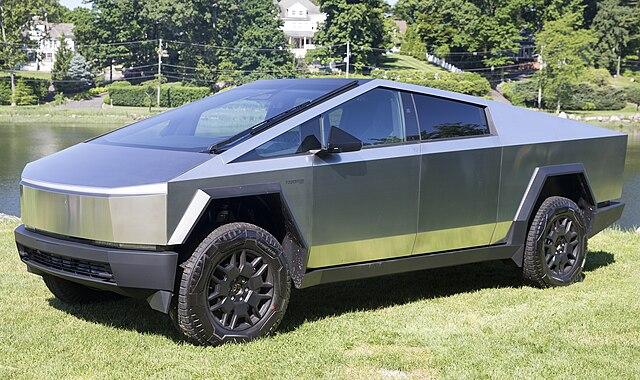In the electrifying world of automotive innovation, Tesla’s Cybertruck has roared onto the scene like a futuristic maverick, carving out its own bold trajectory. While the angular, sci-fi-inspired pickup has managed to capture nearly 39,000 unit sales in 2024, its triumph appears to cast a shadow on the company’s once-celebrated luxury models. The Model S and X, once the crown jewels of Tesla’s lineup, are now experiencing a noticeable decline in their US market presence. As the automotive landscape shifts and consumer preferences evolve, this sales narrative reveals a complex tapestry of technological ambition, market dynamics, and the relentless pursuit of automotive reinvention. Tesla’s latest electric vehicle phenomenon has sparked both excitement and concern in the automotive industry. The Cybertruck, with its angular design and futuristic aesthetic, has quickly captured market attention, selling nearly 39,000 units in early 2024. However, this success isn’t without consequences for other models in Tesla’s lineup.
Recent data reveals a stark shift in consumer preferences, with the Cybertruck’s robust sales coming at the expense of Tesla’s luxury models, particularly the Model S and Model X. These premium vehicles have experienced a significant decline in US market demand, signaling a potential changing landscape for high-end electric vehicles.
The unconventional Cybertruck has disrupted traditional automotive expectations, appealing to a demographic that craves bold, utilitarian design. Its unique silhouette and promised performance capabilities have drawn consumers who might have previously considered more conventional luxury models. This shift suggests a broader trend of prioritizing functionality and distinctive styling over traditional luxury markers.
Market analysts point to several factors driving the Cybertruck’s success. Its competitive pricing, substantial range, and robust technological features have positioned it as an attractive alternative to both traditional pickup trucks and luxury electric vehicles. The model’s initial controversy has transformed into genuine consumer interest, with early adopters praising its innovative design and practical capabilities.
For Tesla, this represents a complex strategic moment. While the Cybertruck’s success is undeniably positive, the simultaneous decline in Model S and X sales indicates potential challenges in maintaining their premium market segment. The company must now navigate a delicate balance between supporting their groundbreaking new model and preserving the appeal of their established luxury lineup.
The automotive industry is watching closely, recognizing that Tesla’s current trajectory could signal broader shifts in electric vehicle consumer preferences. The Cybertruck’s performance suggests that customers are increasingly willing to embrace unconventional designs and prioritize versatility over traditional luxury aesthetics.
As Tesla continues to evolve its product strategy, the early 2024 sales data provides a critical snapshot of changing market dynamics. The Cybertruck’s emergence represents more than just a new vehicle—it symbolizes a potential fundamental transformation in how consumers perceive and value electric vehicles.
The implications extend beyond Tesla, potentially influencing design philosophies and market strategies across the automotive industry. With nearly 39,000 units sold, the Cybertruck has definitively proven that innovation and bold design can successfully challenge established automotive norms.
